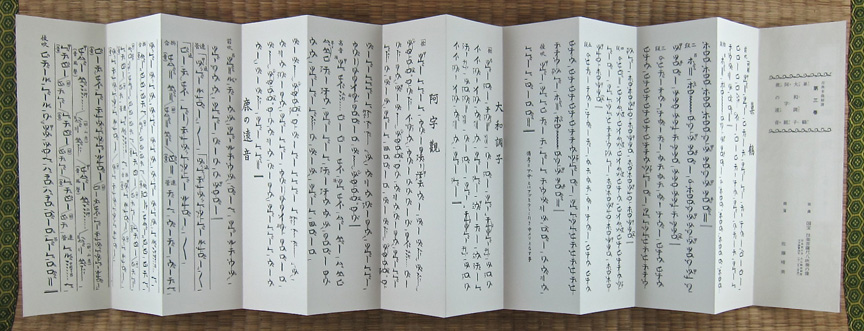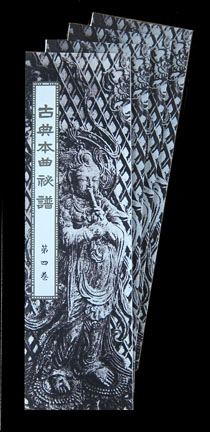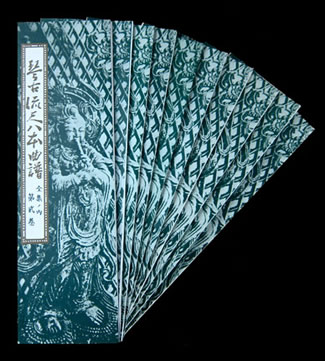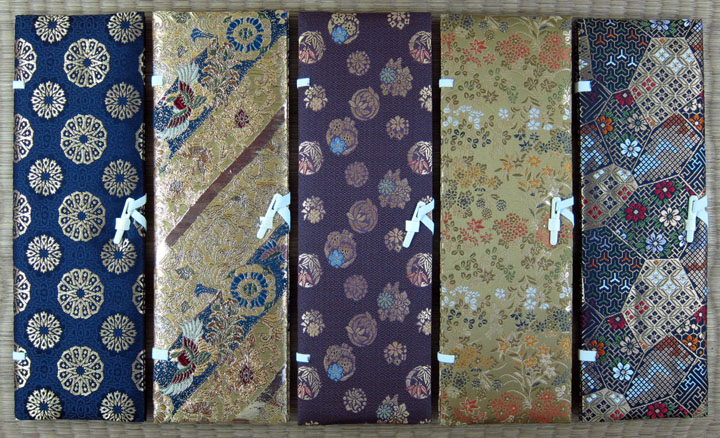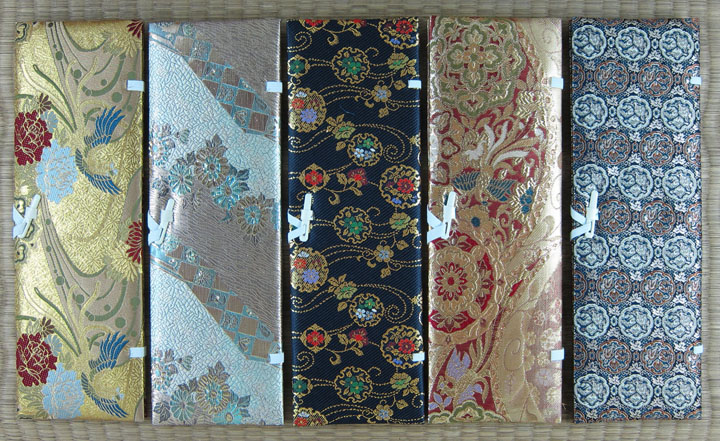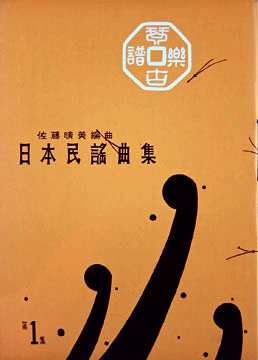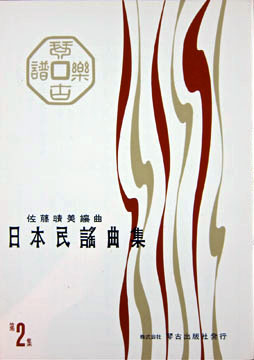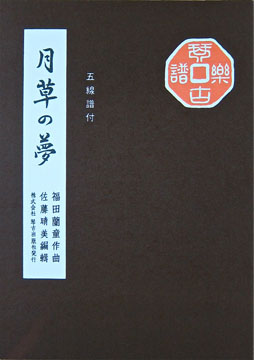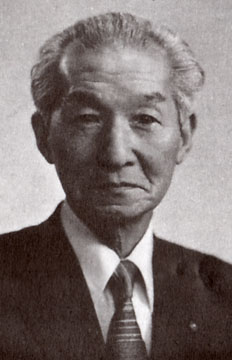
Seibi Sato
• Shakuhachi Honkyoku
• Minyo
• Modern Compositions
Seibi Sato was born January 6, 1906 in Kokura City, Kyushu, Japan.
In 1919, he began studying Kinko-ryu honkyoku under Kudo Kazan and received his shihan (master teaching licence) two years later at the age of 15. In 1922, he studied voice and piano with Fujii Kyomi and continued his shakuhachi studies in 1925 with the renown master Yoshida Seifu from who whom he received a daishan in August, 1929. In 1930, he studied extensively with the great player and teacher Miura Kindo.
Sato-sensei’s life was completely devoted to shakuhachi in a wide variety of venues. In 1926, he formed a contemporary music group with Hiratao Tomihiro and three years later began teaching shakuhachi at Tokyo Shokadai (Tokyo University of Commerce). Soon thereafter, he moved to Taiwan where, as a cultural ambassador, he lived and taught in Taipei, performing widely throughout in the Republic of China. While in Taiwan, Sato broadened his shakuhachi studies with Aoki Shingetsu upon recommendation by the great player Tani Kyochiku.
Returning to Japan some years later, Sato did extensive recording work at Polydor Recording Co. and radio broadcasting at Nihon Hoso Kyokai (NHK). He also headed two shakuhachi regional composers associations in the Osaka area. Much of his time and energy was spent running the publishing company Kinkosha that he establish as a source for the dissemination of shakuhachi honkyou, sankyoku and modern music that included many of his own compositions and arrangements.
Sato Seibi created a distinctive style of Kinko notation influenced by Kinko III, Ikeda Ishi, Yoshida Icho, Araki Kodo II (Chikuo), Araki Kodo III (Shinnosuke), Miura Kindo, and Mizuno Rodo. He consolidated and unified their unique systems for Kinko honkyoku.
Toward the end life, in spite of deteriorating health, Sato traveled to the United States in 1980 doing a ten-day concert tour on the East Coast of America. He passed away on October 25, 1983.
